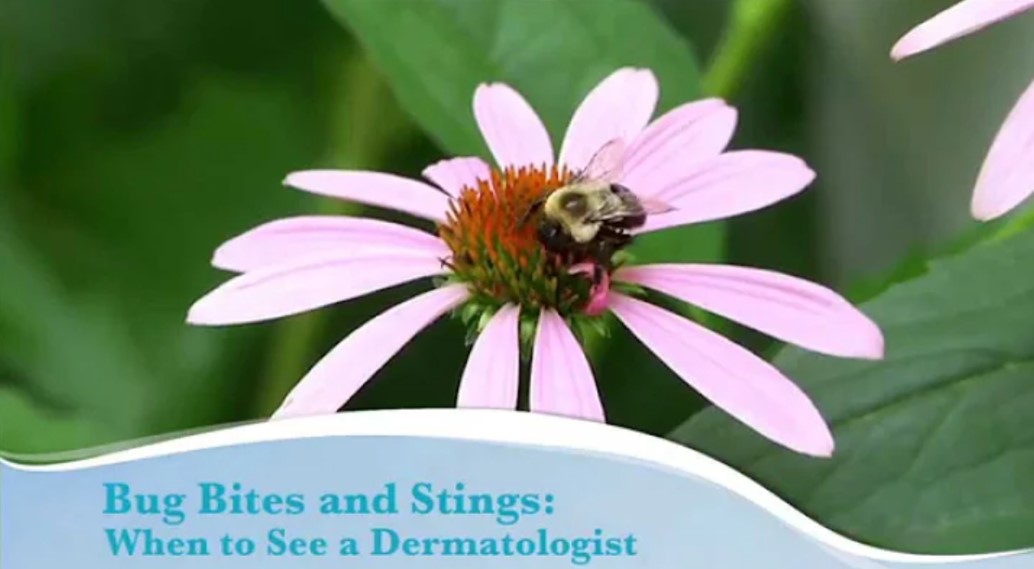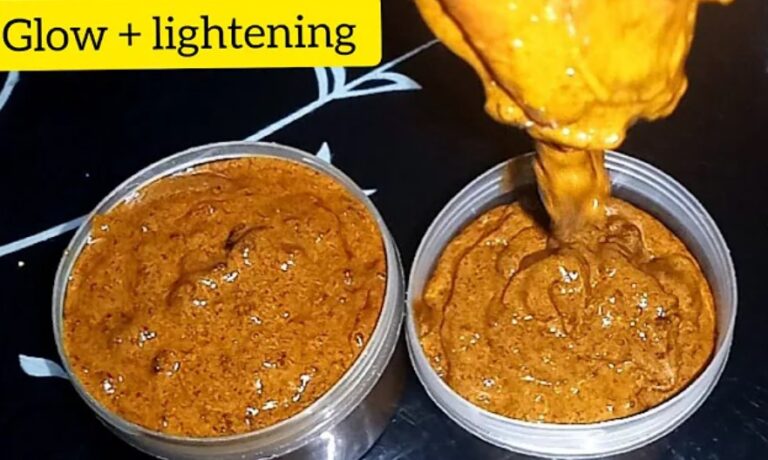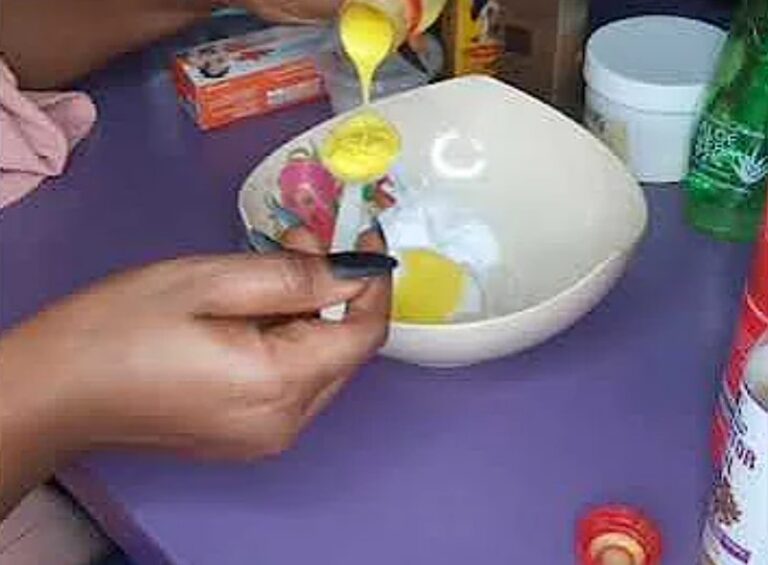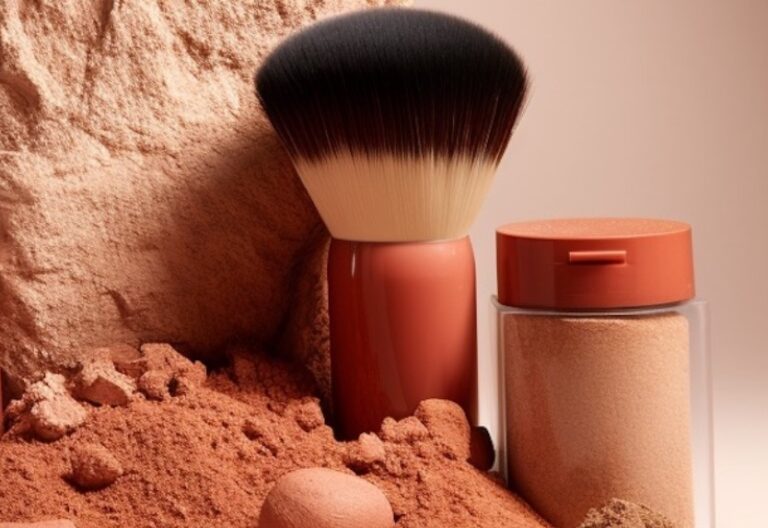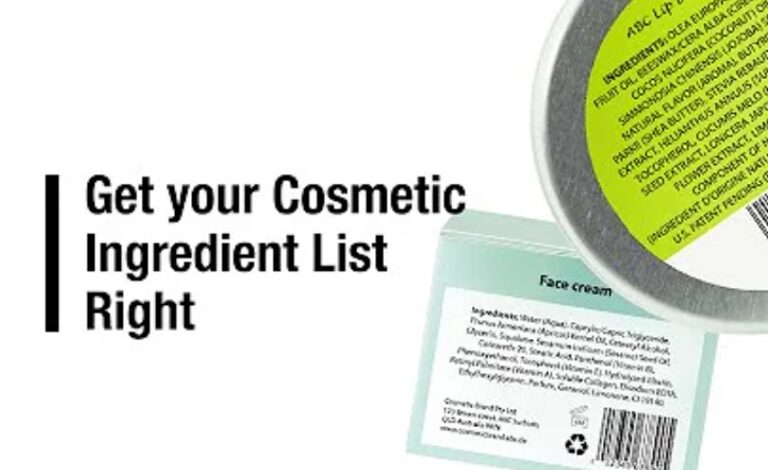Skincare for Bug Bites and Stings
When it comes to skincare for bug bites and stings, there are several steps you can take to alleviate discomfort, reduce inflammation, and promote healing.
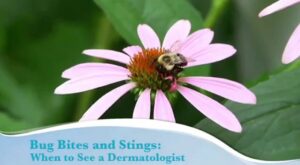
Here’s a comprehensive guide on how to care for bug bites and stings:
- Identify the source: Determine the type of bug that bit or stung you. This knowledge can help understand potential allergic reactions or specific treatments needed.
- Remove stinger (if applicable): If you’ve been stung by a bee or a wasp, remove the stinger as soon as possible to prevent further venom injection. Gently scrape it off the skin using a blunt-edged object like a credit card or fingernail. Avoid squeezing the stinger, as this can release more venom.
- Wash the affected area: Clean the bite or sting site with mild soap and water to remove dirt, bacteria, or venom. This helps reduce the risk of infection. Pat the area dry with a clean towel.
- Cold compress: Apply a cold compress or an ice pack wrapped in a thin cloth to the affected area for 10-15 minutes. This helps reduce swelling, numbs the area, and temporarily relieves itching.
- Over-the-counter creams and ointments: Various over-the-counter creams and ointments can relieve itching, pain, and inflammation associated with bug bites and stings. Look for products containing ingredients like hydrocortisone, calamine lotion, or antihistamines. Follow the instructions on the packaging for proper application.
- Topical anti-itch remedies: Use topical remedies such as aloe vera gel, witch hazel, or oatmeal baths to soothe itchiness and reduce inflammation. These natural remedies can provide relief and promote healing.
- Oral antihistamines: If the bug bite or sting is causing significant discomfort, oral antihistamines can be taken to reduce itching and inflammation. Consult a pharmacist or healthcare professional to determine the appropriate antihistamine and follow the recommended dosage.
- Avoid scratching: As much as possible, resist the urge to scratch the affected area. Scratching can further irritate the skin, increase the risk of infection, and potentially lead to scarring.
- Keep the area clean and dry: After the initial cleaning, keep the bug bite or sting site clean and dry. This promotes healing and reduces the likelihood of infection. Avoid excessive moisture, which can delay healing.
- Watch for signs of infection or allergic reactions: Monitor the bite or sting site for any signs of infection, such as increased redness, warmth, swelling, pus, or worsening pain. Additionally, watch for allergic reactions, including difficulty breathing, hives, dizziness, or swelling of the face, lips, or throat. If you experience any of these symptoms, seek medical attention immediately.
Also Read: Skincare for Post-Inflammatory Hyperpigmentation
Remember, if you have severe or multiple bug bites or stings or a known allergy to insect venom, it’s important to seek medical advice promptly. A healthcare professional can provide appropriate treatment and guidance based on your situation.
